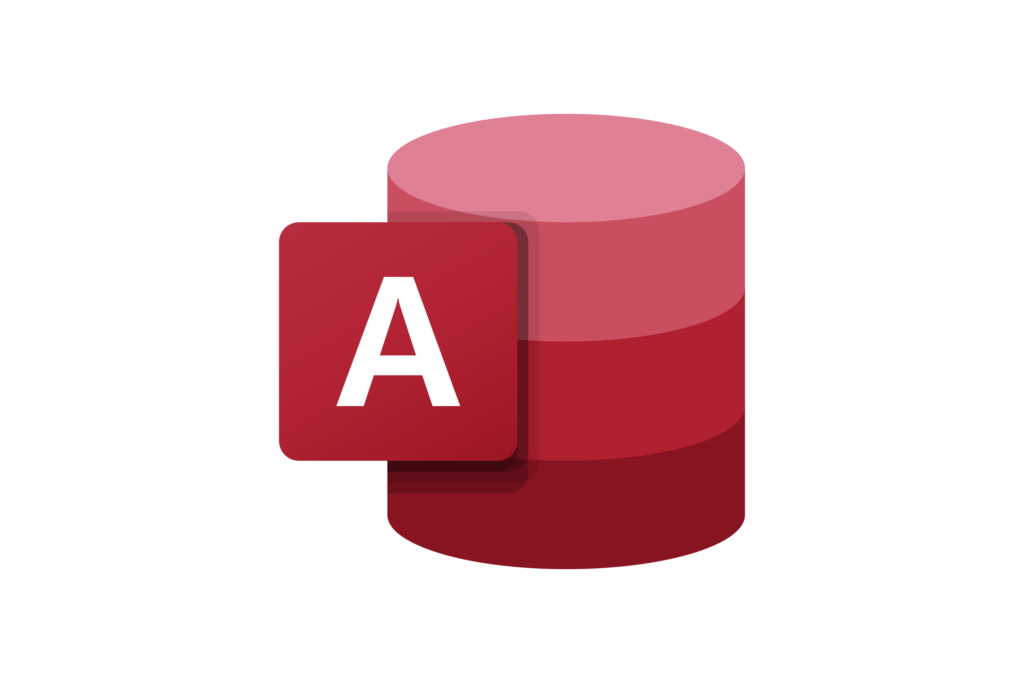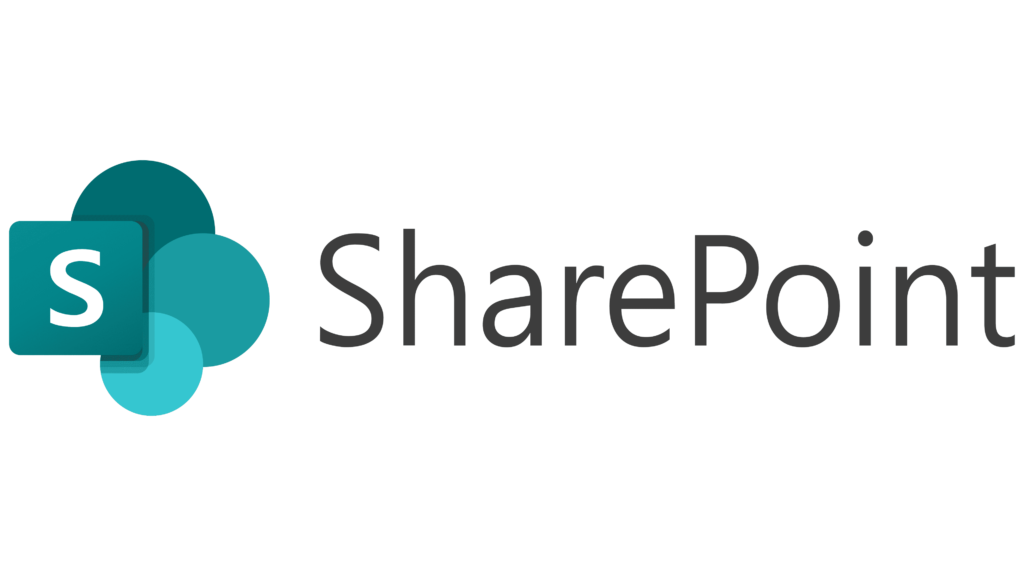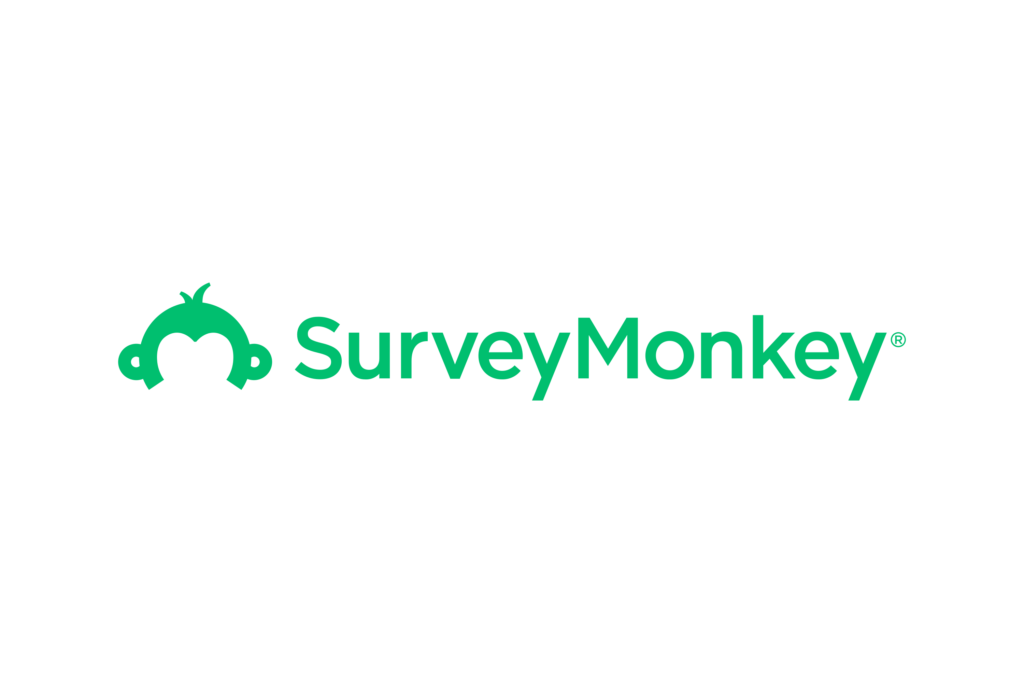Data Entry and Processor
Data entry and processing involves the input, manipulation, and management of data in various forms, including numerical, textual, graphical, and audiovisual data. This process typically involves the use of specialized software and hardware, as well as skilled data entry operators and analysts.
Data entry is the process of entering data into a system or database. This may involve manual entry of data from physical sources such as paper forms or documents, or automated entry through electronic sources such as online forms or machine-generated data. The goal of data entry is to ensure that data is accurately captured and recorded in a format that can be easily accessed and processed.
Data processing involves the manipulation and management of data to extract insights, identify patterns, and make informed decisions. This may involve tasks such as data cleaning, data transformation, data integration, data modeling, and data analysis. Data processing may be performed manually or through the use of automated tools and algorithms, depending on the complexity and volume of the data.
What are the benefits of outsourcing Data Entry and Processor?
Outsourcing translation and localization services can bring several benefits, including:

Cost Savings
Hiring an in-house team of professional translators and localization experts can be expensive, especially for small and medium-sized businesses. Outsourcing to a specialized language services provider can help you save on overhead costs, such as salaries, benefits, training, and equipment.

Quality assurance
Professional language service providers have strict quality assurance processes in place to ensure that translations are accurate, culturally appropriate, and error-free. By outsourcing to a reliable provider, you can be confident that your translated content will be of high quality and meet your specific requirements.

Access to specialized expertise
Language service providers have a team of experienced translators and localization experts who have expertise in various industries and languages. By outsourcing, you can tap into their specialized knowledge and skills to ensure that your content is accurately translated and culturally appropriate.

Access to specialized expertise
Language service providers have a team of experienced translators and localization experts who have expertise in various industries and languages. By outsourcing, you can tap into their specialized knowledge and skills to ensure that your content is accurately translated and culturally appropriate.

Scalability
Outsourcing translation and localization services allows you to scale your operations up or down based on your business needs. You can easily increase or decrease the volume of content you need translated, depending on your project requirements, without having to worry about hiring or laying off staff.

Faster turnaround times
Language service providers have a large pool of translators and localization experts who can work on your project simultaneously, allowing for faster turnaround times. This can be especially beneficial if you have a large volume of content that needs to be translated or localized within a short timeframe.
Effective data entry and processing require a combination of technical skills and attention to detail. Data entry operators must be able to accurately and efficiently enter data into a system, while data analysts must be able to extract meaningful insights from the data and communicate them effectively to stakeholders. Specialized software and tools can aid in the process and ensure accuracy and consistency.Data entry and processing are essential for businesses and organizations in a variety of industries, including finance, healthcare, marketing, and retail. Accurate and timely data entry and processing can help businesses make informed decisions, improve efficiency, and gain a competitive advantage in the marketplace.
What qualifications, skills and experience make a successful Data Entry and Processor professional?
A successful data entry professional should have the following qualifications, skills, and experience:
Qualifications:
- High school diploma or equivalent
- Additional certification in data entry or related fields is a plus
Skills:
- Excellent typing speed and accuracy
- Proficiency in using computer applications such as Microsoft Excel, Word, and databases
- Attention to detail and ability to maintain accuracy
- Time management skills to complete tasks within deadlines
- Strong communication skills to work with team members and clients
Experience:
- Experience in data entry or related fields
- Experience in working with large volumes of data and organizing them
- Familiarity with data entry software and tools
- Experience in working in a fast-paced and deadline-driven environment.
Having experience in specialized industries, such as medical or legal, could also be beneficial for data entry professionals.
What tools and systems do Data Entry and Processor professionals need to be successful in their roles?
Data entry professionals primarily work with computers and related software programs, and their job typically involves entering and updating data in databases, spreadsheets, and other digital formats. Some common tools and systems that data entry professionals use to perform their duties include:
- Computer hardware and software: Data entry professionals typically work on desktop computers or laptops equipped with standard office software such as Microsoft Excel and Google Sheets. They may also use specialized data entry software programs.
- Data management software: These are software programs designed to help users organize and manage data. Some examples include Microsoft Access, MySQL, and Oracle.
- Optical character recognition (OCR) software: This software helps to convert scanned images of text into editable digital formats. OCR software can save data entry professionals a lot of time by eliminating the need to manually type in text from scanned documents.
- Online data entry platforms: These are cloud-based tools that allow users to access and enter data from anywhere with an internet connection. Examples include Google Forms and SurveyMonkey.
- Document management systems: These are software systems that allow users to manage and store electronic documents. Examples include Microsoft SharePoint and Box.
- Keyboard shortcuts: Data entry professionals often use keyboard shortcuts to speed up their work and reduce the need for mouse clicks. For example, Ctrl+C and Ctrl+V are common shortcuts for copying and pasting data.
- 10-key calculator: This is a specialized keyboard designed for data entry professionals that allows them to quickly input numbers without having to move their hands from the keyboard.
Overall, the tools and systems used by data entry professionals will vary depending on the specific job requirements and industry. However, proficiency in basic computer skills and familiarity with common software programs are essential for success in this role.





